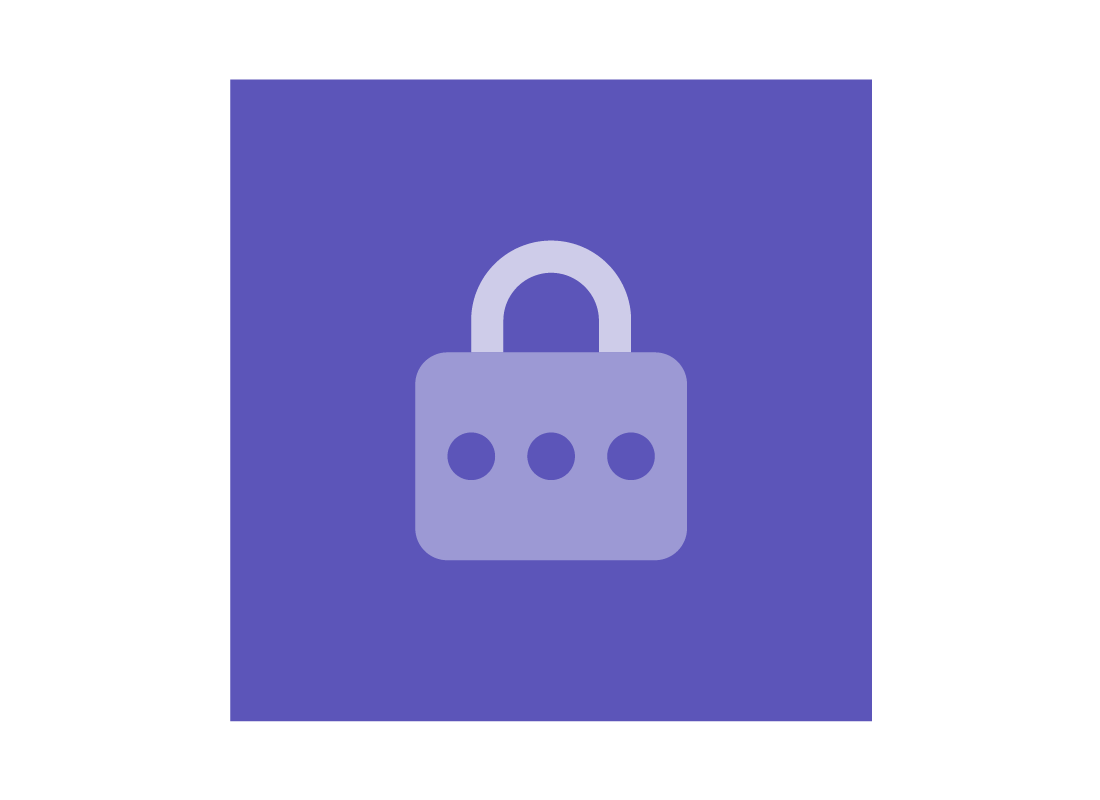Web addresses and links
Web addresses and links
What's coming up?
Starting the web browser application is the first step towards exploring the internet. The next step is to enter a web address into the browser so you can visit a website.
In this activity, you'll learn how to do that, as well as what to expect to see as you explore the internet. While we’re using a computer in our examples, the steps will look similar on a mobile device.
Start activityWhat is a website?
Websites, or sites, are places on the internet where you can find information, pay bills, play games, share photos and stories with others, and more. Banks, shops, governments, and even individual people can have a website.
Each website is made up of one or more pages. A web page can show text, images, video, and play sound.
What is a web address?
You may have heard of www in connection with the internet. This stands for World Wide Web which is a service that uses the internet to deliver information through websites.
Every website has a unique web address. When you type it into a browser’s address bar, the browser will go to that site and open it.

eSafety tip
A website's address is sometimes referred to as its URL, which is short for Uniform Resource Locator.
You don’t need to worry about what this means, but when someone talks about a URL, you will know they just mean the web address of a website or web page.
Typing in a web address
If you already know the address of a website, you can type it straight into the browser’s address bar at the top of the browser page.
Web addresses are usually made up of www followed by two or more words, separated by dots. For example, the ABC's web address is www.abc.net.au.
What is a text web link?
On a web page, you may notice that some words or phrases are underlined or coloured, usually in blue. These are called hyperlinks, web links or just links, and they can help you move around the internet.
When you move the cursor, or mouse pointer, over a web link, you'll see that the cursor changes, usually from an arrowhead to a pointing hand.
Clicking on a web link
When you click on it, you will automatically go to a new part of the website, or a new web page on a different website.
If you notice that the address in the browser's address bar has changed, this means you have moved from the original web page to a new one.
How do you go back?
In most cases, if you click on a web link but want to return to the page you were on, you can press the back button on your web browser. This looks like a left-pointing arrow and is usually located on the left of the address bar.
Clicking on the back button will take you to the previous page.
What if there's no back button?
Sometimes, a link will open a new web page in a new window, instead of replacing it in the same window. If this happens, the back button will not work from the new page.
Instead, the original page is still open in a window of its own. You can simply click on that window’s tab to return to the first page.

eSafety tip
Be careful about clicking on links on websites, emails, or in text messages, especially if you receive messages from people you don't know, or you are visiting websites for the first time.
Never use links in emails or text messages to access your online banking or any other website that requires you to enter a username or password. Always type in the address of those websites yourself.
Well done!
You've completed the Web addresses and links activity.
You should now know:
- what a website and a web address is
- how to type a web address into a browser's address bar
- how to use web links to visit web pages.
There is another way to find websites on the internet, and we'll look at this in the next activity, Search engines.